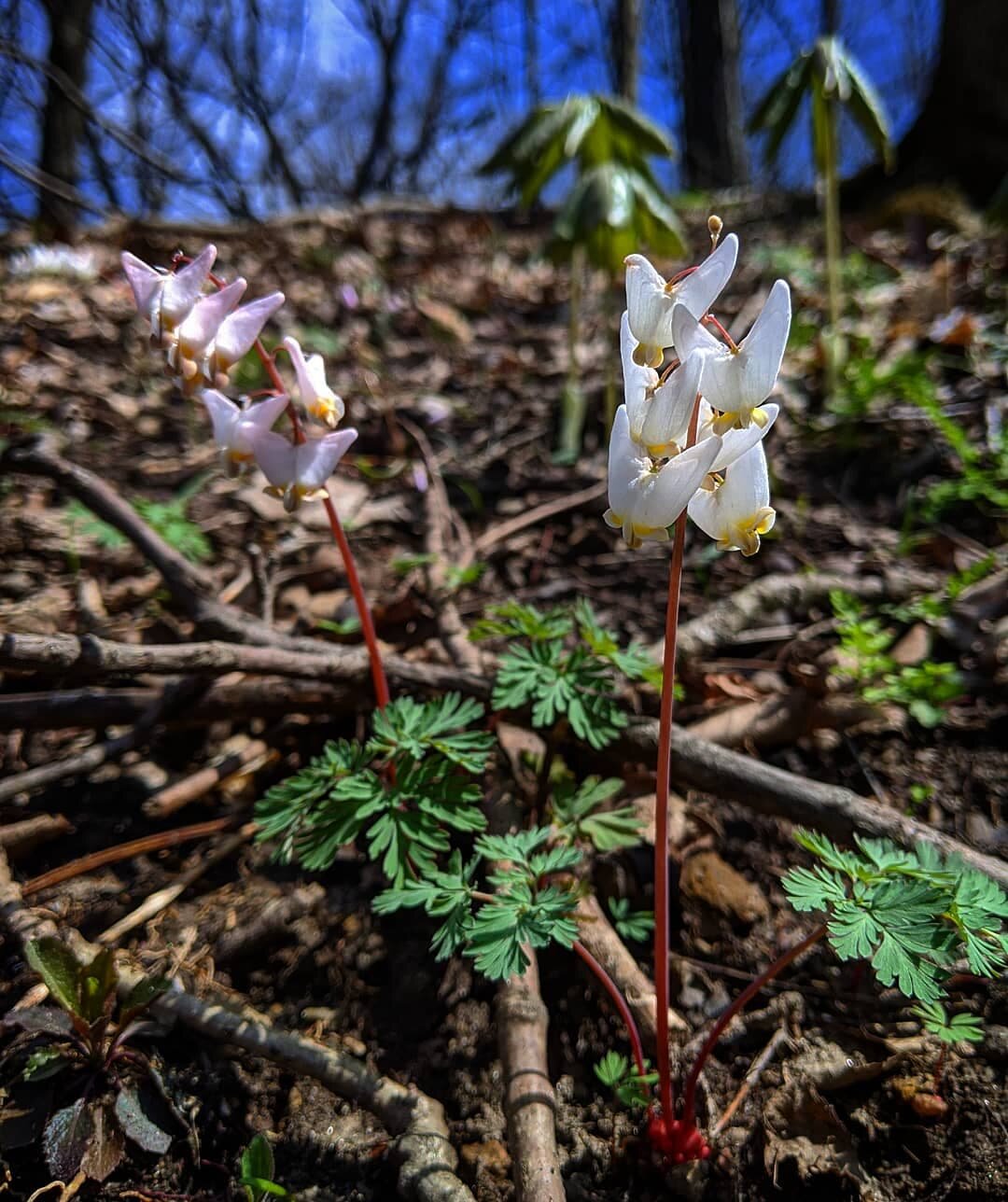With delicately dissected foliage and flowers that look like pantaloons, it is hard to believe that Dutchman's breeches (Dicentra cucullaria) are related to the common garden poppy. No matter how incredulous it may seem, they are in fact peculiar members of Papaveraceae. I can't get enough of these lovely spring ephemerals and their beauty is equally matched by their intriguing ecology. This species really is the full package.
At home in mesic deciduous forests, Dutchman's breeches are true spring ephemerals. They are primarily denizens of eastern North America, however, disjunct populations can be found in the Pacific Northwest. These are likely relics of a once wider distribution that was split in two by advancing glaciers during the Pleistocene. Dutchman’s breeches live out their entire lives before the tree canopy closes with a fresh batch of leaves. By mid summer they are little more than dormant bulblets resting below the leaf litter. Like the multitude of spring ephemerals they share the forest with, Dutchman's breeches are vying for pollinators capable of tolerating wide swings in temperature. This is where their peculiar little flowers come in.
Packed away in each spur is a sweet nectary treat. The only insects capable of reaching it are bumblebees (Bombus spp.). With their long tongues, these bees flock to the bright white and yellow flowers with vigor. Aside from the occasional thief who chews a hole at the end of the spur, robust bumblebees have this meal all to themselves. In fact, this relationship is so in sync that nothing else is capable of effectively pollinating the plant.
After a brief flowering period, the plant will set seed. Like many other spring ephemerals, they attach a fleshy structure to their seeds called an elaiosome. This attracts foraging ants in the genus Aphaenogaster, who collect the seeds and take them back to their nests. Once there, the elaiosome is sometimes eaten but mostly the seeds are disposed of in trash middens. In this way, the seeds find a nutrient-rich microclimate safe from seed predators in which to germinate. It is a safe bet that most of the patches you find owe their existence to these industrious little insects.

